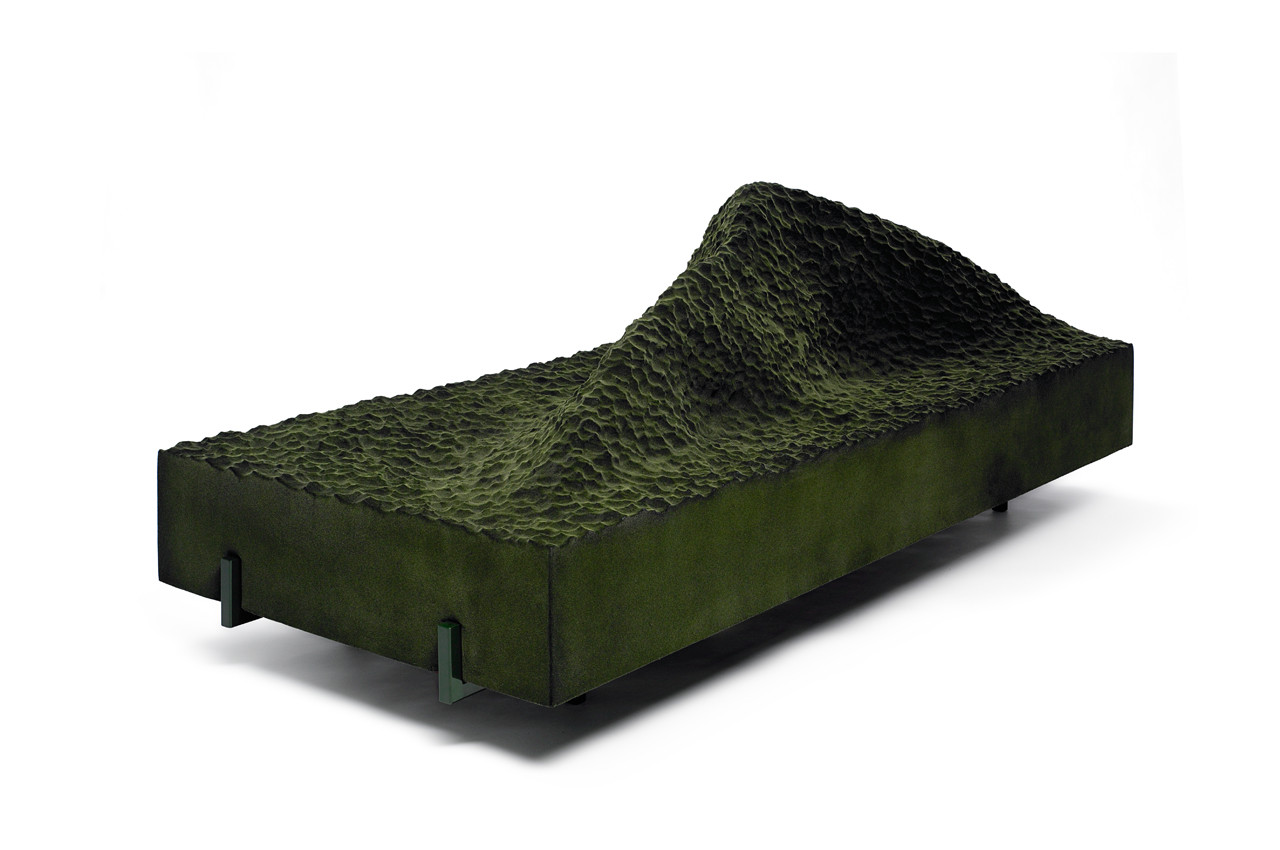
All About Deconstruction
When we first decided to create a sofa we created an icon.
There was no point in creating one in a traditional way, as modernism has given us so many great sofas, and they all start to look the same with only minor differences such as a special leg or a certain curve or detail. Which in our opinion is a total waste, and if you can’t bring something new to the world, then don’t bring it on at all. We decided to deconstruct the sofa and work with just one building block, polyurethane foam.
Rather than clad it onto a structure, we took the foam as a sculptor would take a block of marble and carved into it with our hands. We discovered there is a great symbiotic relationship between us and the foam. We see in our minds where we want to go, our hands act accordingly, but at the same time the foam tears in a way that it wants to within its nature, so the control is mutual. Creating a new way for materials to exist by allowing their nature to be a part of the work gives an authenticity that is at the heart of much of our work.
The resulting form started to resemble a kind of geology, like a strange mountain range, hence the name Pyrenees which came to us whilst making the first one.
Traditionally the foam within a sofa would be upholstered and thereby protected, but the form of the Pyrenees was way too complex to create a pattern.
So instead we coated the foam and blasted it with millions of tiny fibres, whilst running an electric charge through the piece so they all stood on end and created a velvet surface.
The first Pyrenees appeared forest green but it is actually a combination of short black fibres and longer yellow fibres that give an optical lustrous green effect which shines gold as the edges and peaks catch the light. We have gone on to create many new colours in this way, effectively painting with fibres. The stand for the Pyrenees is mindfully reminiscent of a museum stand used to display a geological sample.
This geological inference plays on a great duality of what the viewer expects it to be. Your mind imagines a hard rocky surface, when in fact the softness of the foam and velvet surface is the exact opposite, and always unexpected when people touch it for the first time, and tentatively ask “Can I sit on it?”.
The Pyrenees was first shown in our inaugural solo show “Furniture” at David Gill Gallery in 2007. in 2011 it was purchased by the Victoria and Albert Museum in London for their permanent collection and stands as a pioneering record of the first work of upholstery to ever be created in this way. The museum positioned it to open their 21st century collection and over the years this piece is loved, coveted and often copied, but make no mistake, this is THE original, the mother that has opened many doors and inspired to future work, including our own.
Date
2007
Material
Polyurethane Foam, Steel
Colours
Forest Green, Black, Teal, White, Pink
Dimensions
W220 x D100 x H80cm (W87 x D39 x H31in)
Edition
8 + 2 Artist Proof + 2 Prototype, David Gill Gallery
Collections
Victoria and Albert Museum
Publications
05.20 WALLPAPER*, Higher Calling




